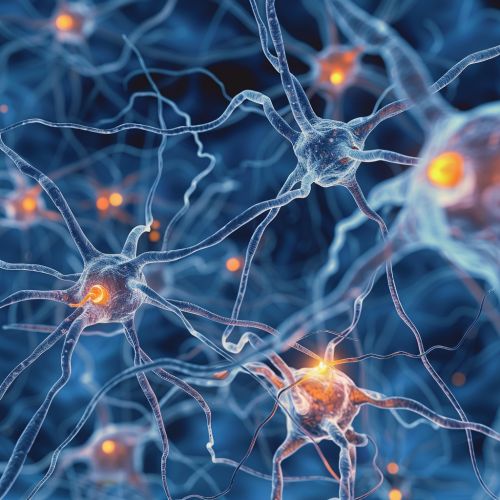Synaptic Consolidation
Introduction
Synaptic consolidation is a process that contributes to the stabilization of a memory trace after the initial acquisition. It is thought to be a product of long-term potentiation, a long-lasting enhancement in signal transmission between two neurons that results from stimulating them synchronously.


The Process of Synaptic Consolidation
Synaptic consolidation occurs within the first few hours after learning or memory acquisition. During this time, the memory trace is vulnerable to interference but becomes more stable and less susceptible to disruption as time progresses. This process is thought to involve the strengthening of the synapses that were involved in the initial formation of the memory.
Mechanisms of Synaptic Consolidation
The mechanisms underlying synaptic consolidation are not fully understood, but several key processes have been identified. These include the activation of NMDA receptors, the influx of calcium ions, and the activation of certain protein kinases such as calcium/calmodulin-dependent protein kinase II (CaMKII) and protein kinase A (PKA).
NMDA Receptor Activation
NMDA receptor activation is thought to be a crucial step in synaptic consolidation. These receptors are unique in that they are both ligand-gated and voltage-dependent, meaning they require both a neurotransmitter (glutamate) and a depolarization of the post-synaptic neuron to become activated.
Calcium Influx
The activation of NMDA receptors allows for the influx of calcium ions into the post-synaptic neuron. This influx of calcium is thought to be a critical trigger for the processes that underlie synaptic consolidation.
Protein Kinase Activation
The influx of calcium ions into the post-synaptic neuron can activate certain protein kinases, including CaMKII and PKA. These kinases can then phosphorylate various proteins, leading to changes in the strength of the synapse.
Role in Memory
Synaptic consolidation plays a crucial role in the formation and stabilization of memory. It is thought to be the process by which memories are initially stored in the brain, before being gradually transferred to long-term storage through a separate process known as systems consolidation.
Clinical Significance
Understanding the process of synaptic consolidation has important implications for the treatment of various neurological and psychiatric disorders. For example, disruptions in synaptic consolidation may contribute to memory impairments seen in conditions such as Alzheimer's disease and post-traumatic stress disorder.
